What is the ITES Exhibition
Leading Advanced Manufacturing Technology Exhibition in Southern China
Energize Industrial Upgrading with Advanced Technology and High-End Equipment
The ITES industrial exhibition covers the complete process of precision manufacturing, including metal processing equipment, robotics and automation equipment, industrial supply, and electronics intelligent manufacturing. It attracts visitors such as production engineers, quality control experts, and purchasing agents from the manufacturing industry. This international industrial exhibition serves as a platform to display innovations and facilitate communication in intelligent and precision manufacturing.
The ITES exhibition has been held in Shenzhen for 25 years, starting from the beginning of the millennium. It has become one of the most influential manufacturing technology exhibitions in Southern China, attracting hundreds of thousands of visitors worldwide each year.
 Exhibition Space (m²): 160,000
Exhibition Space (m²): 160,000 Exhibitors: 1,658
Exhibitors: 1,658 Business Delegations: 2,124
Business Delegations: 2,124 Equipment Exhibited: 1,710
Equipment Exhibited: 1,710
 Go-To Destination for New Product Debuts
Go-To Destination for New Product Debuts One-Stop Business Platform
One-Stop Business Platform Featured Exhibition Areas & Summit Series
Featured Exhibition Areas & Summit Series Over 1,600 Brands Gathered
Over 1,600 Brands Gathered
Why Choose Us

Over 140,000 attendees from 80 countries engage in the ITES exhibition for significant business opportunities with substantial impact.

Discover 2,107 suppliers and 2,032 pieces of equipment at the ITES technology exhibition, your one-stop solution for complete manufacturing supply chain sourcing.

Get ready for over 100 high-end equipment debuts. Join the ITES exhibition in leading the way in high-end equipment and advanced manufacturing technologies.

Enjoy the simplified procurement process at the ITES industrial exhibition. Gain access to high-performance, cost-effective equipment here.
Latest News
View More >- Discover the Best Hotels Near Shenzhen Convention and Exhibition Center for Your ITES Experience 2025-02-07
- The Cultural Significance of Shenzhen's Industrial Development 2025-02-07
- A Comparative Analysis of ITES with Other Global Industrial Exhibitions 2025-02-07
- Reshoring and Its Impact on the Manufacturing Sector at ITES 2025-02-07
- VR and AR in Manufacturing Training and Development at ITES 2025-02-07
5 Themed Exhibitions
- Metal Cutting Machine Tools
- Advanced Manufacturing Technologies
- Functional Components
- Machine Tool Accessories & Cutting Tools
- Laser Processing Equipment
- Sheet Metal Processing and Automation Equipment
- Stamping and Automation Equipment
- Tube and Welding Processing Equipment
- Robotics, Integration Solution for Robotics System
- Non-Standard Automation Equipment
- Machine Vision Solutions and Components
- Industrial Control Automation
- Power Transmission Automation Technology
- Intelligent Factory Logistics
- Precision Parts Manufacturing According To Drawings Or Samples
- Hardware Standard Parts
- Molds and Materials
- Machine Tools and Accessories
- Specialized Equipment
- Tool Holders/Fixtures/Abrasives
- Electronic components exhibition area
- Circuit Board & Template (Foundry) exhibition area
- Electronic Product Solution exhibition area
- Electronic assembly production equipment exhibition area


-1747127418183.jpg)
-1747127507035.jpg)



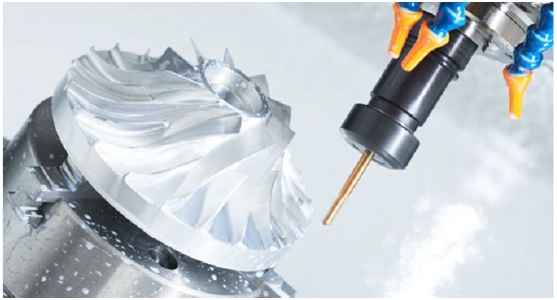
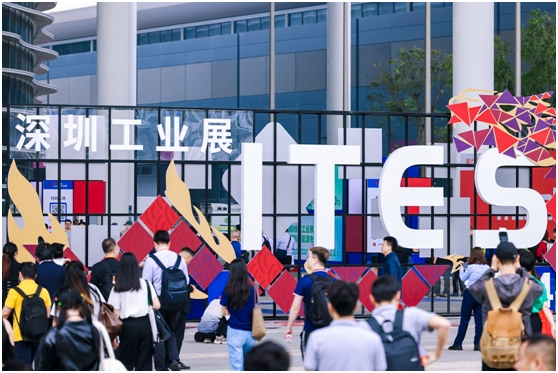
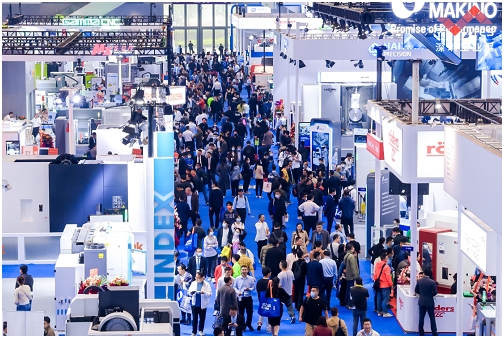
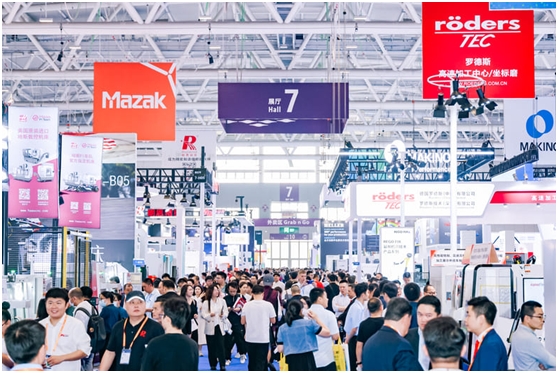

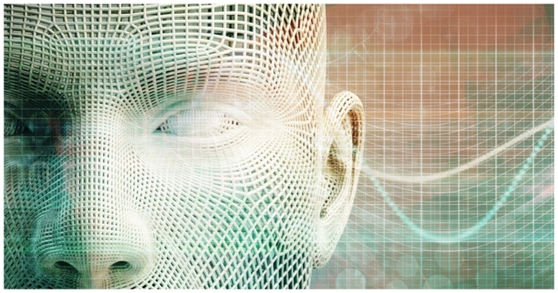






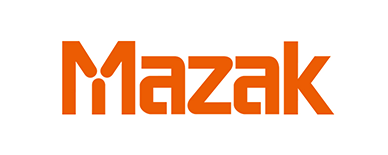
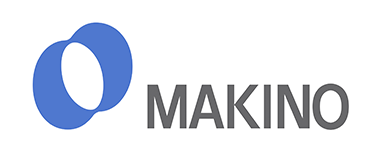





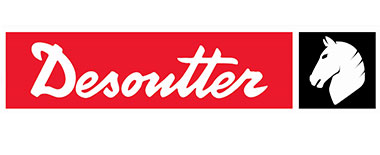

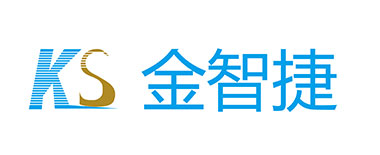
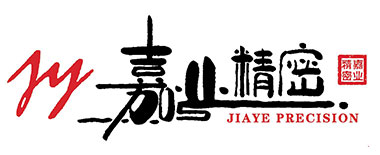
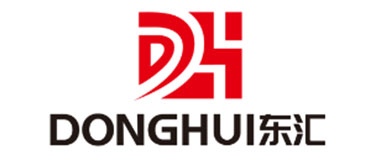

















-1605244598226.jpeg?x-oss-process=style/quality)













